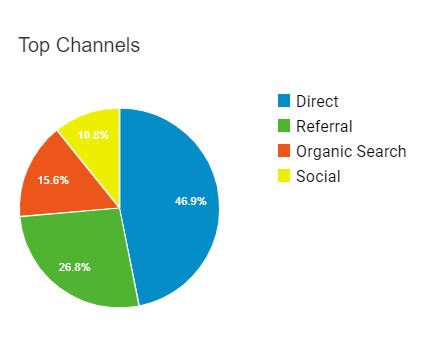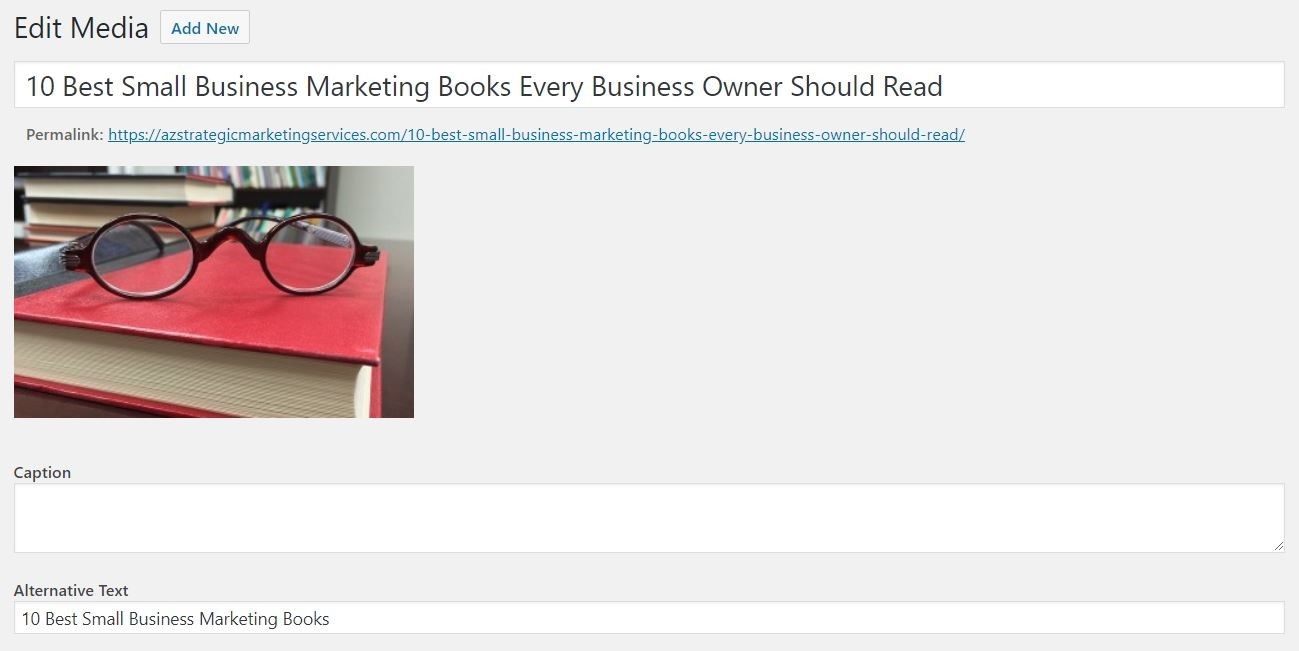You know the old say, “A picture paints a thousand words”? Well, just imagine the impact of images when paired with a thousand words (or 600 or however many you use in your next blog post). Using images is a must when you create a blog post. Here’s how to use images in your blog posts for better engagement.
Use images to illustrate a point

Images are a nice way to break up a lot of text
We have become a society of soundbites. That’s not necessarily a bad thing. We’ve all read those articles that said in 3,000 words what it could have easily communicated in 600. More is not always better when it comes to content. However, sometimes you have a lot to say and that’s great! Just be sure to break it down into bite size portions. One of the best ways to do that is to insert an image. It gives the reader a bit of a break and depending on the image, can help communicate the concept (or if your content is heavy, a lighthearted image could add some levity).
Images are powerful when they’re engaging, so use high quality images
Nothing is more annoying than a blurry picture, right? It can literally take away from the value of your blog if you’ve got a blurry image haphazardly stuck in the middle of the text. It’s just plain lazy to not add a nice image, especially when you can find cool, high quality images for free (or really inexpensively) from sites such as Pixabay, Picjumbo, or several other free image sites. Here’s a list of 21 sites to get free photos. You’re welcome!
Be sure to use royalty free images or pay for the right to use images on your site

Royalty free
With a royalty-free image, you can usually use it as you choose, but you are not allowed to edit or resell it.
Rights Managed
Normally with these images, you purchase a single-user license for the particular image in question. For example, if you use one of these images in your blog post, you can’t then use the same image in a video. You would need to purchase an additional license.
Public domain
Public domain images don’t have restrictions. You don’t need to ask for any permission before using these images. Providing attribution is not mandatory.
Creative Commons
Images have been granted access by the creator. You will need to provide attribution to the creator.
Be sure to properly SEO your images to get the most traction
Your article and blog post can gain even more benefits from your images if you optimize them correctly. First, be sure to name the image file something relevant to the article. If you blog is about pickle varieties, and you’re using an image showing a dill pickle, name the image, “dill pickle” or “pickle varieties” not just “stockphoto18eidies.jpeg.”. Second, if you’re using these images in a WordPress or another CMS, take advantage of the alt tag. An alt tag is for “alternative text”; useful for the visually impaired. The alt tag of any image on your site should describe what’s on it. Screen readers for the blind and visually impaired will read out this text and therefore make your image accessible. They will strengthen the message of your blog posts with search engine bots or spiders and improve the accessibility of your website. Here’s a screenshot of how to add it WordPress:
If you can’t find a good image for your blog post, create one
There are many great programs that allow you to create images for your blogs. Try using one like Canva which gives you guidelines on what the correct image size should be. It’s easy, and they have a free version that is a great starting point. You can also engage the services of a marketing consultant to assist with image creation as well. Don’t settle for images that don’t add impact to your blog. If you can’t find a good image, create one!
It’s important to use images in your blog posts for better engagement. Your images are just as important as the text you write, so take the extra time to choose wisely. Follow these few tips and you’ll be on your way to better blogs in no time!
- Marketing Tactics That Your Small Business Can Do for Free - January 10, 2024
- How to Create Images for Your Small Business Website - December 6, 2023
- How Small Businesses Benefit from Referrals - November 6, 2023






